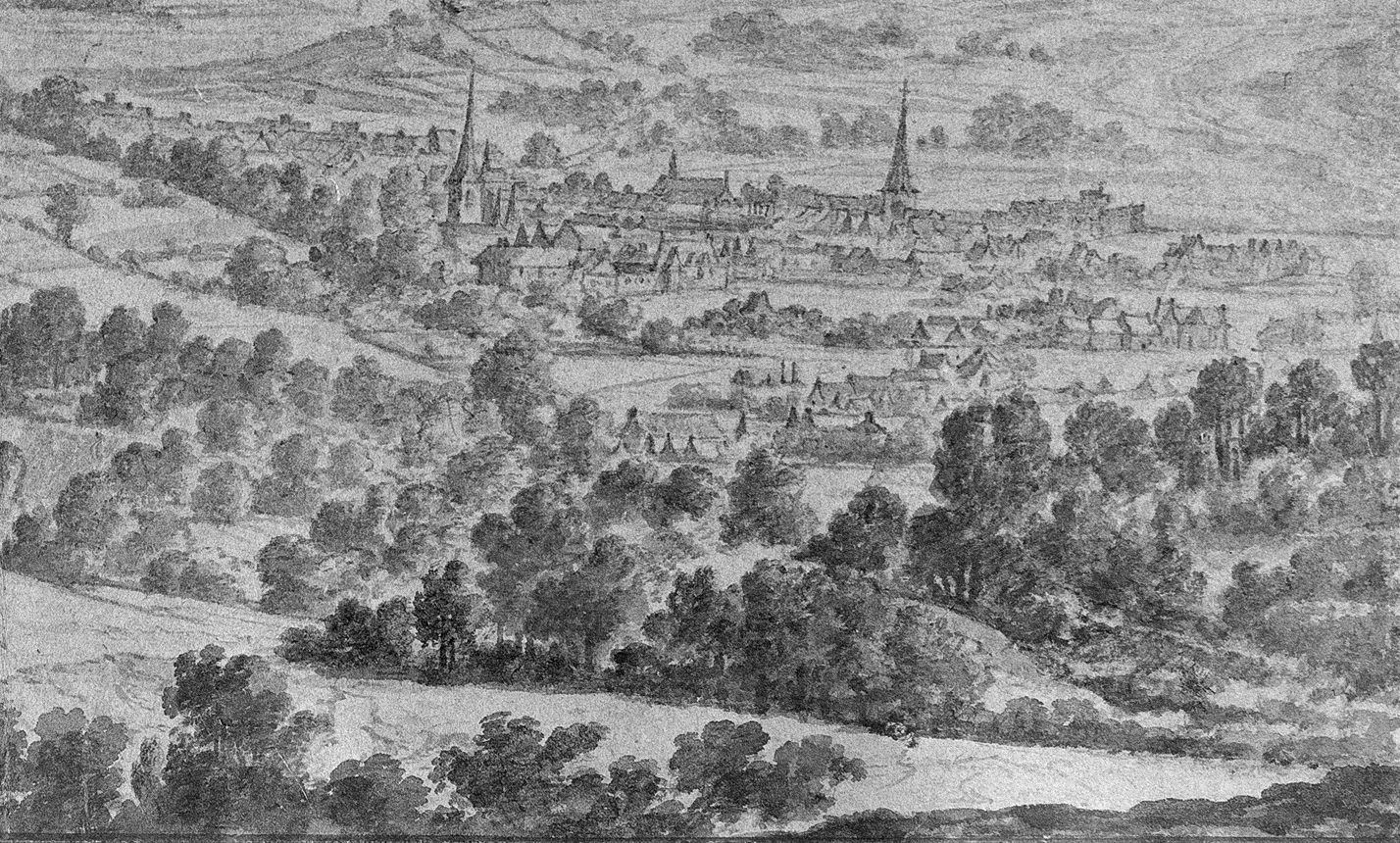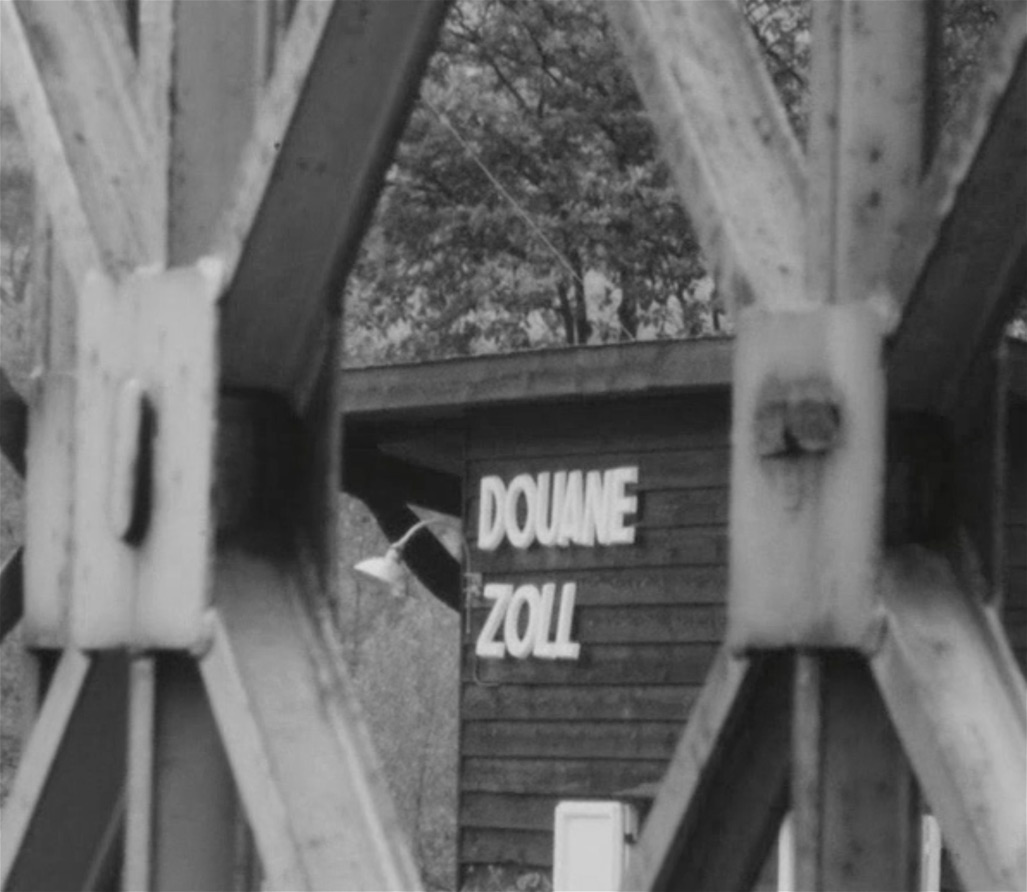It almost seems as if the statue in honour of the Mützenich smugglers has been given a burden. With a strained face and a look suggesting a sense of adventure, the monument reflects the memory of smuggling in the region and the glorified perspective solely from the smugglers’ point of view.
There is no doubt that smugglers on both sides of the border helped alleviate the post-war hardship. The areas along the border had either been destroyed during the Battle of the Bulge or had been deprived of any economic basis. Turning to illegal smuggling was, accordingly, a necessary evil.
The landscape of the area and the complicated border demarcation undoubtedly contributed to the fact that smuggling worked. The uninhabited forest, hill and fen area, coupled with the lack of coordination and cooperation between the German and Belgian customs authorities, provided ideal preconditions for the clandestine trade.
The close involvement of the Belgian military, ie a state actor, in smuggling also contributed to the activity becoming a socially accepted practice. Accordingly, historian Juliano Assis de Mendonca assesses a smuggling incident at the German-Belgian border: ‘On the other hand, the […] incident drastically illustrates the precarious status of German officials in the immediate vicinity of the Belgian border. Insults, threats of violence, and, in some cases, escalations against the uniformed customs border guards by Belgian occupation soldiers and forestry workers were frequent and did not necessarily help underpin their authority over the civilian population either.’ (1)
Here, de Mendonca refers to facts that are completely ignored in the culture of remembrance. The involvement of local smugglers in higher-level criminal structures also indicates that ‘smuggling’ as a site of memory is romanticised. The fact that the use of violence on the part of customs officials and smugglers was used as a legitimate means of defending interests is also hardly taken into account. The number of those killed is still unknown today. Likewise, after the period of economic crisis, the cross-border smugglers earned considerably more than was needed to alleviate the hardship.
There are numerous elements that can explain this romanticisation and heroisation. At the same time, they provide information on the identity of the borderland population:
- The historical developments of a Europe that was growing together subsequently legitimised the smugglers’ actions. The fact that the Schengen Agreement was anticipated to a certain extent turned the smugglers into ‘miniature fathers of European unification’.
- The supposedly disadvantageous situation at a border, at the edge of a national space, could ‘finally’ be turned into an advantage through smuggling as smugglers viewed themselves as suppliers for the domestic market.
- Also, reducing the subject to the anecdotal sphere contributed to the erasing the negative association with smuggling from collective memory.
These are significant clues to understanding the identity of the borderland population: the self-styled image as adventurers operating without borders is in the foreground of smuggling as a site of memory. A transfiguring view of popular culture, such as the films ‘Sinful Border’ (1951) or ‘Le Banquet des fraudeurs’ (1952), undoubtedly contributed to this.
Two factors can explain the gradual decline of smuggling on the German-Belgian border. First, the German economy stabilised (partly due to the currency reform). Also, in 1953, the coffee tax rate in Germany was lowered, so that smuggling from Belgium, the Netherlands and Luxembourg became less and less profitable.
Reference
(1) Juliano Assis de Mendonca, Schmuggel an der belgisch-deutschen Grenze nach dem Zweiten Weltkrieg, in Els Herrebout et al., Der Wiederaufbau nach dem Zweiten Weltkrieg im belgisch-deutschen Grenzland. Annalen des Symposions im Stadtarchiv Aachen am 13. und 14. November 2015, Brüssel 2018, pp. 83-93, here: p. 88.


